
Publicly Christian
As an artist, I have experienced much apprehension in relation to sharing my faith publically. Many times I have felt
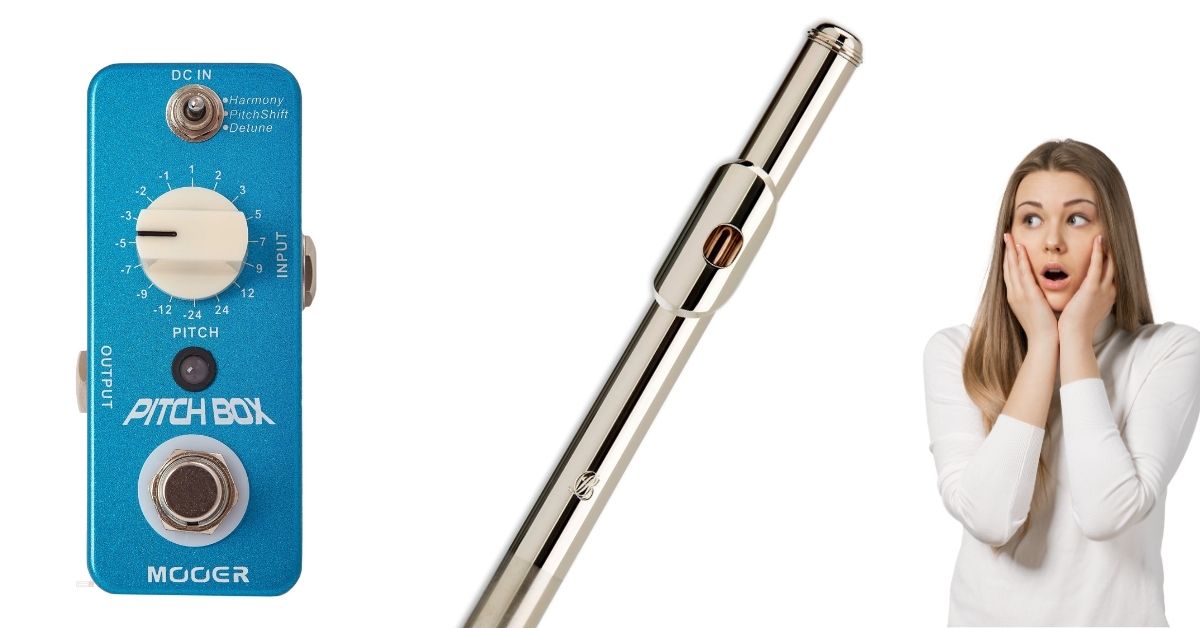
The Mooer Pitch Box is a fabulous little device that allows you to alter the pitch of your instrument across a span of 4 octaves (two up, two down). It has 3 different modes: Harmony, Pitch Shift, and Detune and is easy to adjust and activate (although the activate button is noisy).
The harmony mode takes your original note or chord and reproduces your original sound plus a version of your sound that is at a different pitch. If you play a monophonic instrument (can only play 1 note at a time) like flute this is amazing as it lets you play 2 notes at once.
There are however a few limitations that need to be noted. Unlike digital pedals like the Boss-VE Vocal Effects Processor which has a similar feature, the Mooer PitchBox is ‘dumb’ in that it will not take the key you are playing in, into consideration. This means that if I set the box to play a major 3rd above the note I am producing it will always play a major 3rd.
However, in music, most songs are made up of a collection of major and minor 3rds and without the mix of both intervals, it can sound odd and out of place. If we take the key of C major for example.
Our notes are C D E F G A B. If I stack a third above each note using the scale we would have.
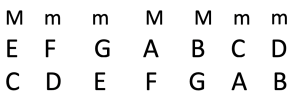 M = Major 3rd
M = Major 3rd
m = minor 3rd
Making the pattern of major, minor, minor, major, major, minor, minor.
If all the intervals were a major third which is what happens when you use the Pitchbox you would get:
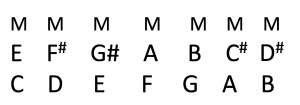
which to our western ears can sound a little odd and jarring.
Unlike the Mooer Pitch Box a digital pedal is able to change the interval from major to minor depending on the key you are working in. In which case it only becomes problematic if your piece modulates.
When using Harmony mode my favourite intervals to work with are octaves (12 or 24 semitones) and perfect 5ths (7 semitones).
The number going around the outside of the main dial determines the number of intervals your pitched is altered by. Which means knowing a little bit of music theory and having a trained ear can help you find the sound you are looking for faster.
The second mode is pitch shift. The biggest difference between harmony and pitchshift is that Harmony adds a note to your original sound where as pitch shift takes your original sound and shifts it either up or down.
It’s probably the feature that I use most from this pedal as it allows me to take my treble sounding flute and drop the sound down by up to two octaves. Which is great if your wanting at add in bass line.
I don’t think I’ve ever really used detune in a piece before. I don’t particularly like the sound it produces as it is highly dissonant and literally makes it sound like your instrument is out of tune.
The idea behind detune is that instead of it shifting your sound by entire intervals it moves it by a just a couple cents. Aside from in modern/contemporary music this is not something that is typically found within classical music or rock and pop. And when it is generally achieved through varying your playing technique and the notes are typically denoted using quarter tones. Bassically its the notes that would exist inbetween the white and black notes on a piano.
The reason it sounds so bad when the Mooer Pitch Box does it is because it keeps your original sound intact and then adds another version to it either a couple of cents sharp or flat. And instead of the numbers on the main dial correlating to intervals they now equate to the following.
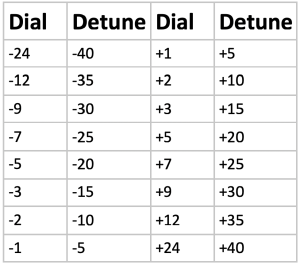
Consequently it sounds like two musicians playing very out of tune.

For me personal this is one of my must have pedals. It allows me to fill out the bass end of my work and my only complaint about it is the activate/deactive button which produces an anoying loud click. This of course isn’t a problem for guitarist as there isn’t doesn’t use a microphone. However as a flutist I am dependent on a mic which can pick up the click from the pedal each time it is activated/deactived.
If you wanting to add it to your board its also useful to know the tech specs.
Power Requirements: AC adapter 9V DC (center minus plug)
Current Draw: 128 mA
The pedal isn’t kept in stock in every music store but its available here.
Keep in mind that we may receive commissions when you click our links and make purchases. However, this does not impact our reviews and comparisons. We try our best to keep things fair and balanced, in order to help you make the best choice for you.

As an artist, I have experienced much apprehension in relation to sharing my faith publically. Many times I have felt
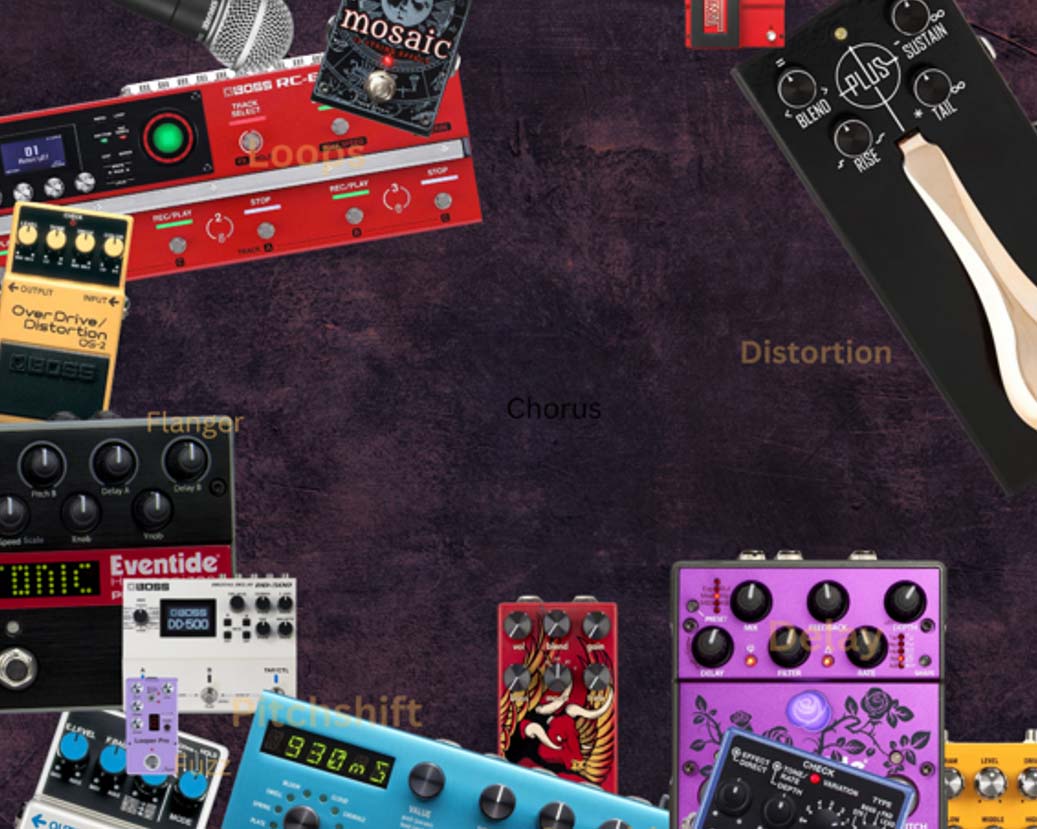
With the right combination of music equipment, anything is possible. The Techie Flutist turns your ordinary flute into a polyphonic electric
like, follow and subscribe
The Techie Flutist, 2024. All RIghts Reserved.